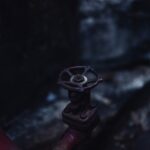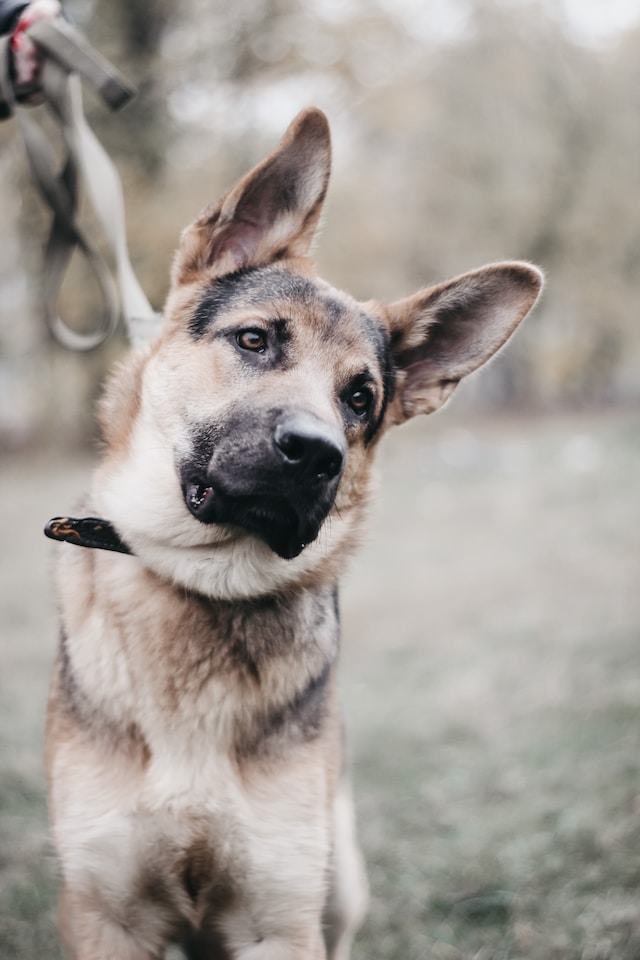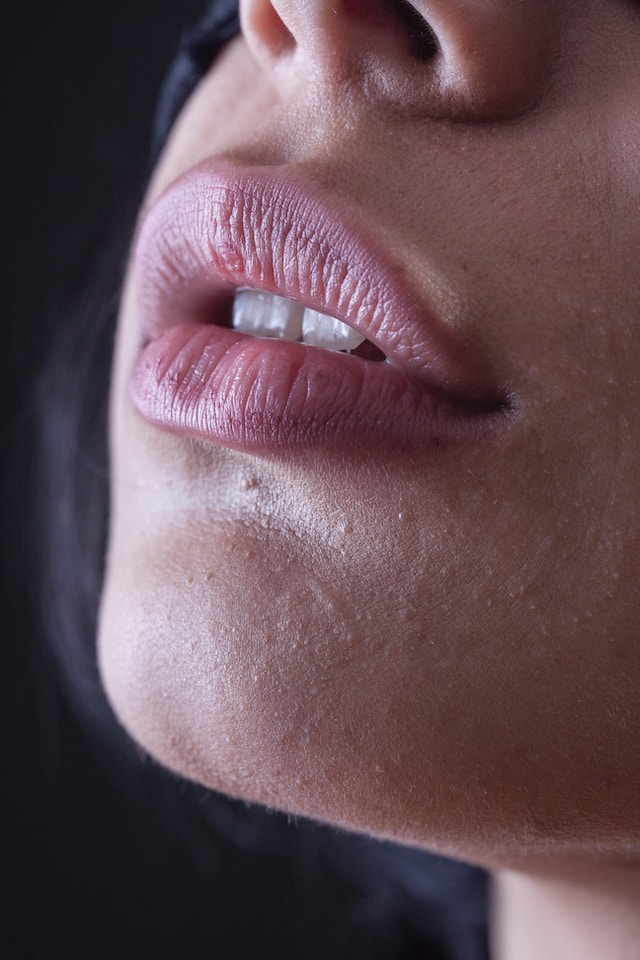Hail can be a huge nuisance when it damages your car. There are four primary types of hail damage, and the impact can vary in severity.
Minor hail can leave dents in your roof, hood, and trunk. Larger hail can chip or crack your paint. Look for dents and chips on your vehicle and other signs of hail damage like torn screens, sheds, porches, mailboxes, or decks.
Look for Dents
After a bad storm, car owners understandably start scanning their vehicles for dents. However, it’s essential to know that sometimes dents are less apparent than you might think.
The size of hailstones, wind speeds, and storm duration also influence damage. For example, pea-sized hail will leave a lot of tiny pockmarks that can be difficult to see. But larger hail, like the kind you get in a major hailstorm, can create dent marks that are very noticeable and can decrease your vehicle’s value significantly.
When a hailstorm hits, moving your vehicle into a garage or under-covered parking is essential to minimize damage. Suppose you cannot watch for hail damage and get it repaired immediately. A certified shop that follows the manufacturer’s repair guidelines will ensure the best results and prevent future issues. Paintless dent repair (PDR) is an affordable and safe option to restore your vehicle to pre-loss condition.
Look for Chips
Small hail damage isn’t just an unsightly nuisance for your vehicle; it can also lead to more severe problems if not repaired. For example, pea-sized hail can cause a series of cracks in your windshield that should be filled immediately to prevent further spreading.
The hail stones’ size and the associated thunderstorm’s strength can also impact how much damage is sustained. Hail that is pea size or larger can quickly leave dents on your roof, hood, trunk, and even side panels.
The good news is that your comprehensive insurance will cover repairing any dents from hail damage. But working with a shop specializing in hail damage repair Denver CO is essential to avoid the common traps many people fall into. This often leads to a longer repair process, a less desirable result, and higher costs for you in the long run.
Look for Dings
Hail is a nasty little devil that can reduce your car to a sad dimpled shell. It’s the size of a pea to a baseball, and it’s often hard to spot damage until you get close.
One of the first things you should do after a hail storm is to give your vehicle a thorough look. Dents are a sign of hail; if they’re on the larger side, you likely also have paint damage.
You’ll want to get into the shade or out of direct sunlight so you can see your vehicle correctly and spot all the dents. Having someone with you who can be an extra set of eyes is also a good idea.
Lienholders, for instance, are a great help because they have a vested interest in ensuring the damage to the vehicle is paid for in full. It’s also a great way to ensure your insurance adjuster doesn’t short you on the final settlement check.
Look for Stains
Small bits of pea-sized hail traveling at high speed can scrape the paint off of body panels. While this may seem minor, it can impact resale value and detract from the overall appearance of your vehicle.
Hail damage isn’t just unsightly; it can also be costly. Even if your insurance company covers the costs of repairing the damage, it can add up. Understanding the different types of hail damage is essential to avoid paying for unnecessary repairs.
When a hail storm hits, you can help prevent damage by parking your car undercover or in a garage. This is especially important if you live in an area prone to hail storms. If you take a proactive approach and know what signs to watch for, you can prevent costly car repairs and resume driving immediately.

 Keeping Your Hearth in Top Shape: The Value of Routine Fireplace Repair
Keeping Your Hearth in Top Shape: The Value of Routine Fireplace Repair  Septic Systems: Maintenance Tips for Homeowners
Septic Systems: Maintenance Tips for Homeowners  Timeless Elegance: A Guide to Buying Your First Antique Shelf Clock
Timeless Elegance: A Guide to Buying Your First Antique Shelf Clock  Fostering Tranquility: Infusing Personal Well-Being into Home Renovation Ventures
Fostering Tranquility: Infusing Personal Well-Being into Home Renovation Ventures 


